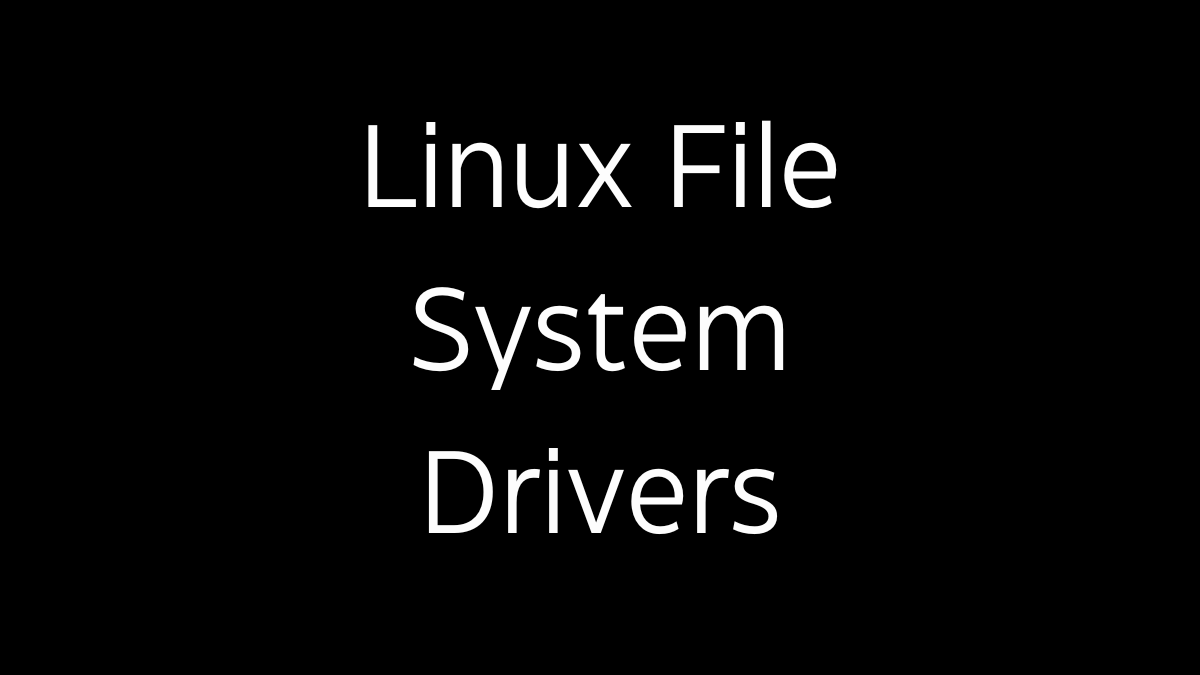Inter-Process Communication (IPC) interfaces in Linux provide mechanisms that allow processes to exchange data and signals. These interfaces are essential in multi-tasking environments where processes need to cooperate, share resources, and synchronize their activities. Linux offers a variety of IPC mechanisms, each suited to different types of communication needs, ranging from simple data exchange to complex synchronization.
1. Overview of IPC
- Inter-Process Communication (IPC) refers to the methods used by processes to communicate with each other, either within the same system or over a network.
- IPC is vital for processes that need to coordinate their activities, share data, or notify each other of specific events.
- Linux provides multiple IPC mechanisms, including pipes, message queues, shared memory, semaphores, and sockets.
2. Types of IPC Mechanisms
2.1 Pipes and Named Pipes (FIFOs)
- Pipes: A pipe is a unidirectional communication channel used between related processes, typically a parent and child process. Data written to one end of the pipe can be read from the other end.
- Anonymous Pipes: These are used for communication between processes that share a common ancestor (e.g., parent and child processes). They are created using the
pipe()system call. - Named Pipes (FIFOs): Unlike anonymous pipes, FIFOs have a name within the file system and can be used for communication between unrelated processes. They are created using the
mkfifo()system call.
- Anonymous Pipes: These are used for communication between processes that share a common ancestor (e.g., parent and child processes). They are created using the
- Use Cases: Pipes are commonly used in shell scripting for chaining commands together, where the output of one command serves as the input to another.
2.2 Message Queues
- Message Queues: Message queues allow processes to send and receive messages, which are stored in a queue until they are retrieved. Each message has a type, allowing for selective receiving of messages.
- System V Message Queues: These are created using the
msgget(),msgsnd(), andmsgrcv()system calls. They persist in the system until explicitly deleted. - POSIX Message Queues: POSIX message queues offer similar functionality but with a more standardized API, using calls like
mq_open()andmq_send().
- System V Message Queues: These are created using the
- Use Cases: Message queues are useful for exchanging discrete messages between processes, especially when different types of messages need to be managed in a structured way.
2.3 Shared Memory
- Shared Memory: This mechanism allows multiple processes to access a common memory space. It is the fastest form of IPC because processes can directly read and write to the shared memory without involving the kernel after the initial setup.
- System V Shared Memory: Created using the
shmget()andshmat()system calls, this allows processes to attach to the shared memory segment and use it as needed. - POSIX Shared Memory: This provides a standardized interface, using calls like
shm_open()andmmap()for memory mapping.
- System V Shared Memory: Created using the
- Use Cases: Shared memory is ideal for large data exchanges where speed is critical, such as in multimedia applications or real-time systems.
2.4 Semaphores
- Semaphores: Semaphores are synchronization tools used to control access to shared resources by multiple processes. They help avoid race conditions and ensure data consistency.
- System V Semaphores: These are initialized and managed using calls like
semget(),semop(), andsemctl(). - POSIX Semaphores: POSIX semaphores offer a more portable API, using calls like
sem_open()andsem_wait().
- System V Semaphores: These are initialized and managed using calls like
- Use Cases: Semaphores are often used to coordinate access to shared resources in multi-threaded or multi-process environments, ensuring that only a limited number of processes can access a resource at any one time.
2.5 Sockets
- Sockets: Sockets provide a bidirectional communication channel that can be used for IPC between processes on the same machine or across a network. They support various communication protocols, including TCP and UDP.
- Unix Domain Sockets: These are used for IPC on the same machine, offering higher efficiency compared to network sockets. They are created using the
socket()andbind()system calls. - Network Sockets: These allow communication between processes on different machines over a network, using either the TCP or UDP protocols.
- Unix Domain Sockets: These are used for IPC on the same machine, offering higher efficiency compared to network sockets. They are created using the
- Use Cases: Sockets are widely used in networked applications, where processes need to communicate across different machines or even within the same system.
3. IPC in Practice
- Synchronization: IPC mechanisms often involve some form of synchronization to ensure that processes can safely access shared resources or coordinate their activities. Semaphores, mutexes, and condition variables are commonly used for this purpose.
- Efficiency Considerations: The choice of IPC mechanism depends on factors like the amount of data to be exchanged, the need for synchronization, and whether processes are related or unrelated. Shared memory is the fastest, while sockets provide the most flexibility, especially in networked environments.
4. Security and Permissions
- IPC mechanisms often require careful handling of permissions to ensure that only authorized processes can communicate or access shared resources. For instance, message queues, shared memory segments, and semaphores have associated permissions that can be controlled using the appropriate system calls.
5. Examples of IPC Usage
- Web Servers: Web servers like Apache or Nginx use IPC mechanisms like shared memory and sockets to manage client connections and share data between worker processes.
- Database Systems: Databases often use shared memory for caching and semaphores for synchronizing access to the data structures shared among multiple processes.
- Multithreaded Applications: Applications with multiple threads or processes often use semaphores or message queues to manage communication and synchronization.
6. Conclusion
- IPC mechanisms are fundamental to the operation of complex Linux applications, enabling processes to communicate, synchronize, and share resources effectively. Understanding the various IPC interfaces and their appropriate use cases is crucial for system developers and administrators managing multi-process applications.
By choosing the right IPC mechanism for the task, developers can ensure efficient, reliable, and secure communication between processes, thereby optimizing the performance and stability of their applications.





